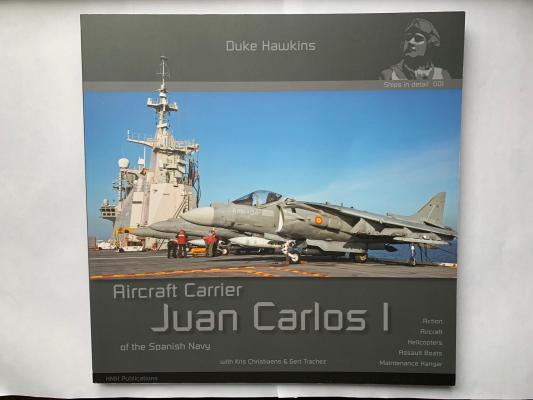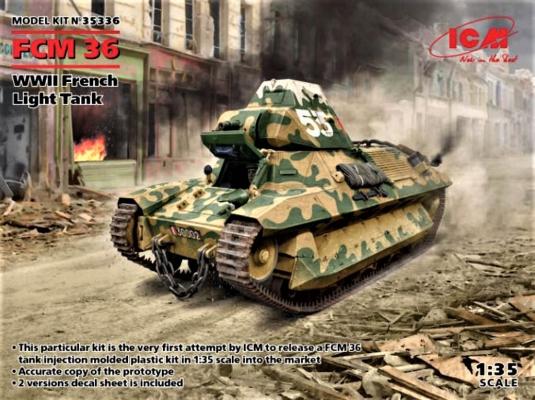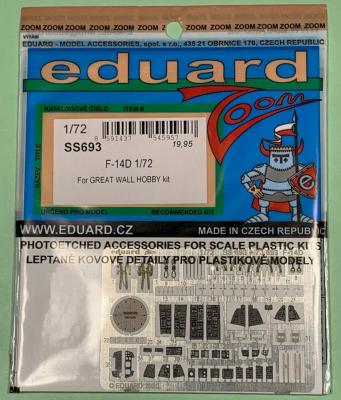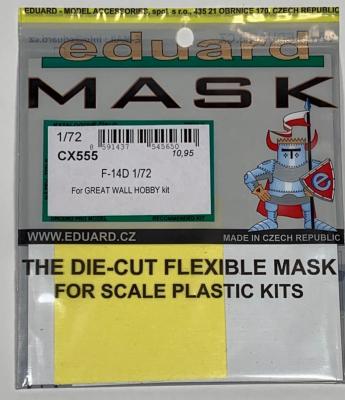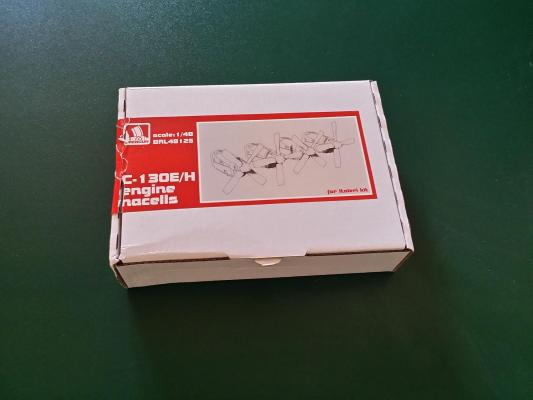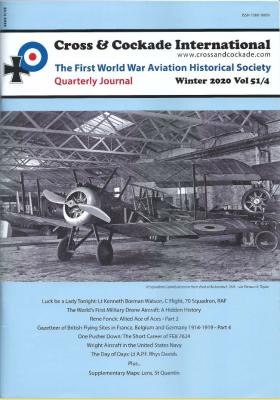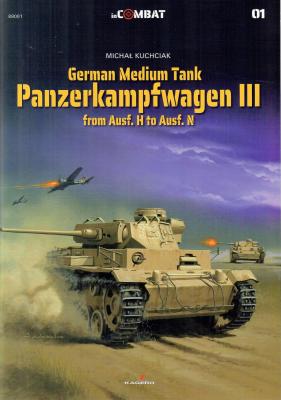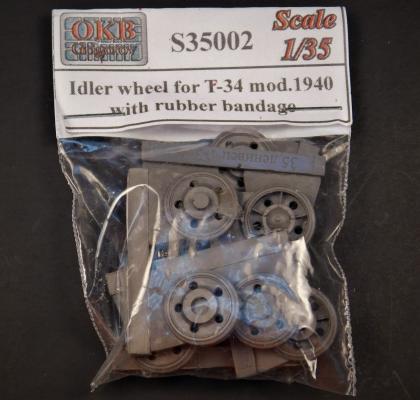This is the first book of a potential new series from Duke Hawkins Books on aircraft carriers. The volume grew out of its earlier book on the Harrier II/AV-8B, as while working on that book, several of their photographers were given the opportunity to visit the Juan Carlos I while she was at sea conducting operations and ended up with an extensive collection of photographs not just of the Spanish Navy’s use of the EAV-8B Matador II (Harrier II Plus), but also of the ship itself and its other facets of its operations – helicopter and amphibious operations.
Reviews
I’ll be honest. When I first saw pictures of this upcoming kit I assumed it was some kind of prototype. Every other French tank of the period that I’m familiar with – the Renaults, Hotchkisses, Somuas and Chars – all have a fairly consistent look to them, mainly because large castings were prevalent is each design, sometimes with a little bolting. This one is so radically different that it really threw me. But not only is this definitely a French design, but it is also NOT a prototype. A surprising number of these were actually built and saw combat.
This set is designed for Great Wall Hobby’s recent F-14D Tomcat kit and will nicely spruce up your build. The set includes complete photo-etch replacements for the instrument panels and cockpit side consoles for both cockpits, including the circuit breaker panels behind the Radar Intercept Officer’s (RIO’s) seat. A nice touch is the inclusion of not only the rudder pedals for the pilot, but also the foot pedals for the RIO which while not connected to any flight controls are important as the location of the RIO’s radio/ICS talk buttons. In order to install the etch parts you will need to remove the molded-on details from all the panels and consoles before painting the cockpit and installing the etched parts. Unfortunately, I received the set after I had painted and assembled the cockpit, so I have set them aside for the next one.
In December of 2019, Great Wall Hobby released a newly tooled 1/72 scale F-14D Tomcat kit. Like many of the other Tomcat kits that have been released in recent years, the kit is engineered so that Great Wall could also release a F-14A Tomcat by just swapping out a few sprues. However, the kit design is such that there are just a few parts on the F-14D trees that are not used.
Upon opening the rather large box, you will discover that there are a lot of parts in this kit spread out over 41 grey sprues and one clear sprue! Many of these are smaller sprues such as those for the Phoenix, Sparrow and Sidewinder missiles. The intake trunks are molded on their own sprues as is the lower fuselage. There are two decal sheets, one with the stencils and the other with markings for three F-14Ds of VF-2 “Bounty Hunters” from 1995 & 1997.
This set is designed for Great Wall Hobby’s recent F-14D Tomcat kit. As has become standard for these sets, the set provides masks not only for the canopy and the windscreen, but also for the tires or wheel hubs.
There are three parts to the windscreen mask, one for each side and the central panel. The main canopy has 4 parts for each section, two for each side. The instructions advise you to cover the rest of the canopy area with liquid masking, but I prefer to cut small strips out of the unused parts of the masking sheet and use these strips to mask off the rest of the canopy.
The Lockheed C-130A through H model aircraft are powered by a series of Allison T-56 engines driving a set of Hamilton-Standard 4-bladed props. The 4-bladed Hamilton-Standard props were original equipment on the C-130B through the C-130H models, and the props were later retrofitted to C-130A aircraft. Each C-130B through C-130H engine is housed in a nacelle that is slightly longer than the nacelles on the C-130A aircraft. The difference can be seen in a side-by-side comparison of the Italeri kit nacelles (designed for the C-130A) and this aftermarket kit.
Cross & Cockade International is a non-profit UK based group known as the First World War Aviation Historical Society that publishes their journal four times a year. They also provide a free newsletter (sign up on their website) and occasionally publish WWI themed books like the Sopwith Dolphin monograph I reviewed earlier for IPMS USA. This Journal is the sister of the US Journal, Over The Front.
This is book number 1 in Kagero Publishing’s “In Combat” series. This book is the larger A4 or European size with high gloss paper and is 80 pages long that has 12 chapters. The pages are laid out with English on the left side of the page and Polish on the right. The first chapter is about the development of the base Panzer III, then it jumps to Ausf. (model/version) H. Each chapter deals with a different Ausf number up to Ausf N. The detailed about each model is very extensive and a few charts are included that show production numbers. There are two to three photos per page showing the Panzer III version being written about. Some of the photos seem to be computer enhanced to bring out details.
There is an old proverb, or maybe it's an English idiom, that states:” give credit where credit is due.”
It is thought that Samuel Adams might have been the first to coin the phrase. Giving credit where due applies to the Ukrainian company, ICM Holding. Having persevered a 'commie invasion' of Eastern Ukraine, packing up their entire manufacturing facility and moving it to the Western Ukraine they also seem to get the most from a particular model kit’s mold, in this instance the Soviet Military truck ZiL-131.
The company OKB-Grigorov from Bulgaria has released idlers wheels for early T-34 tank models. These replacement idlers have the rubber bandage (solid tires) pressed onto the outside rim. Later models were only all metal.
There are six two-piece resin wheels included in the bag. The front and back of each idler are molded on one resin plug. The resin is dark gray and feels more like plastic. It is easy to cut the wheels off the plugs and sands up great with little resin dust. They supply six wheels, but you only need two per tank, so you will have enough for thee kits. I did not see any air bubbles or other molding errors on any part. Super glue works fine to join the two halves together and pant held fine to the surface without any cleaning beforehand. The idlers have a small pin on the back that might need to be altered depending on what kit you will be mounting them to.
I would like to thank OKB-Grigorov and IPMS for the chance to review these wheels.

